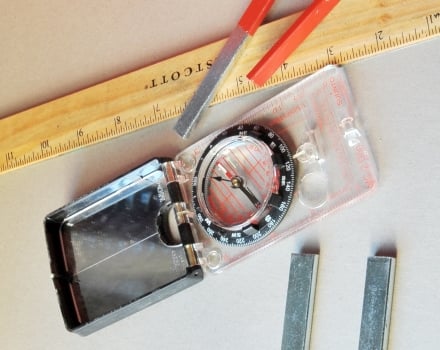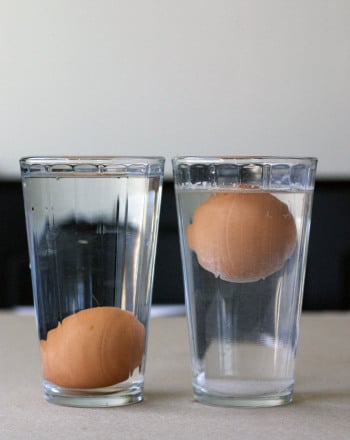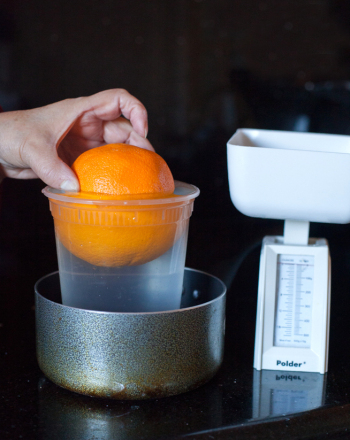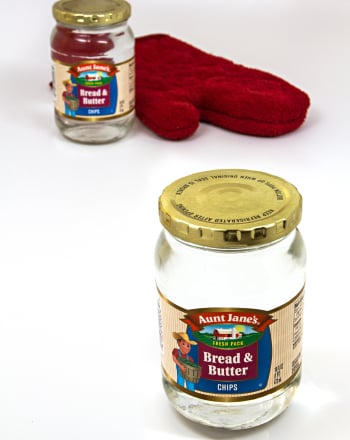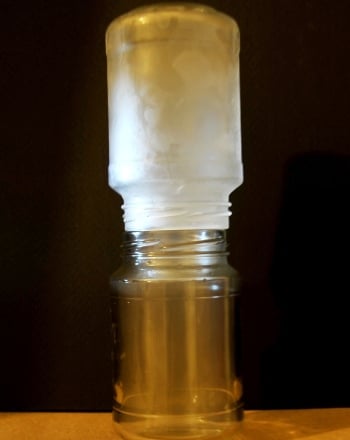Science project
How Does Salinity and Temperature Affect the Density of Water?
Difficulty of Project
Easy
Cost
$10 in total
Safety Issues
N/A
Material Availability
Easy; materials can be easily obtained
Approximate Time Required to Complete the Project (Including analysis and write-up)
2 hours
Objective
What is the project about?
The water density experiment demonstrates how salinity and temperature effect water density.
What are the goals?
The goal of the water density experiment is for students to better understand how increased salinity and decreased temperature increase water density.
Materials and Equipment / Ingredients
What materials are required?
- Water (6 cups per student or group)
- Food Coloring (3 different colors; preferably yellow, red, and blue)
- Measuring cup (1 cup)
- Paper cups (3 per student)
- Glass jar or similar transparent container large enough to hold 3 cups of water (3 per student or group)
- Salt (6 tablespoons per student or group)
Where can the materials be found?
Most materials can be found at a grocery store, art store, or all purpose store (such as CVS).
Introduction
Research Questions
- What does salinity of water mean?
- What does water density mean?
- If water of different densities come in contact, what will happen?
- Which has a higher density: warm water or cold water?
- Which has a higher density: salty water or pure water?
Terms, Concepts and Questions to Start Background Research
For the parent/student, what terms and concepts are required to better understand the project?
The concepts of the water density, salinity, and temperature essential. It is also helpful to compare these concepts with real world environments, such as the ocean.
Experimental Procedure
This experiment contains 2 parts:
- Part 1 tests the effect of temperature on water density.
- Part 2 tests the effect of salinity on water density.
Part 1 - Temperature
- Several hours prior to the experiment, 1 1/2 cups of water should be placed in a freezer. The water should be very chilled, but not frozen at the time of the experiment.
- Pour 1 1/2 cups of chilled water into one jar and 1 1/2 cups of room temperature water into a second jar.
- Mix 2-3 drops of red food coloring in chilled water.
- Mix 2-3 drops of blue food coloring in room temperature water.
- Pour room temperature water slowly into the glass jar with the chilled water.
- Students should record observations of which temperature floats and which temperature sinks.
Part 2 - Salinity
- Pour one cup of room temperature water into 3 paper cups (each paper cup should contain one cup of water).
- Create various salinity solutions and color code them with food coloring:
- Mix 4 tablespoons of salt into first cup, then add 2 drops of red food coloring.
- Mix 2 tablespoons of salt into second cup, then add 2 drops yellow food coloring.
- Mix 2 drops of blue food coloring into third cup. Do not add salt to the water.
- First pour the saltiest water (red) into the last unused glass jar, next pour the slightly salty water (yellow) slowly into glass jar, and finally pour the pure water (blue) slowly into the glass jar.
- Students should record observations of which levels of salinity sink/float compared to the others.
Bibliography / References to related books / Links to related sites on the web
Disclaimer and Safety Precautions
Education.com provides the Science Fair Project Ideas for informational purposes only. Education.com does not make any guarantee or representation regarding the Science Fair Project Ideas and is not responsible or liable for any loss or damage, directly or indirectly, caused by your use of such information. By accessing the Science Fair Project Ideas, you waive and renounce any claims against Education.com that arise thereof. In addition, your access to Education.com's website and Science Fair Project Ideas is covered by Education.com's Privacy Policy and site Terms of Use, which include limitations on Education.com's liability.
Warning is hereby given that not all Project Ideas are appropriate for all individuals or in all circumstances. Implementation of any Science Project Idea should be undertaken only in appropriate settings and with appropriate parental or other supervision. Reading and following the safety precautions of all materials used in a project is the sole responsibility of each individual. For further information, consult your state's handbook of Science Safety.
Education.com provides the Science Fair Project Ideas for informational purposes only. Education.com does not make any guarantee or representation regarding the Science Fair Project Ideas and is not responsible or liable for any loss or damage, directly or indirectly, caused by your use of such information. By accessing the Science Fair Project Ideas, you waive and renounce any claims against Education.com that arise thereof. In addition, your access to Education.com's website and Science Fair Project Ideas is covered by Education.com's Privacy Policy and site Terms of Use, which include limitations on Education.com's liability.
Warning is hereby given that not all Project Ideas are appropriate for all individuals or in all circumstances. Implementation of any Science Project Idea should be undertaken only in appropriate settings and with appropriate parental or other supervision. Reading and following the safety precautions of all materials used in a project is the sole responsibility of each individual. For further information, consult your state's handbook of Science Safety.

